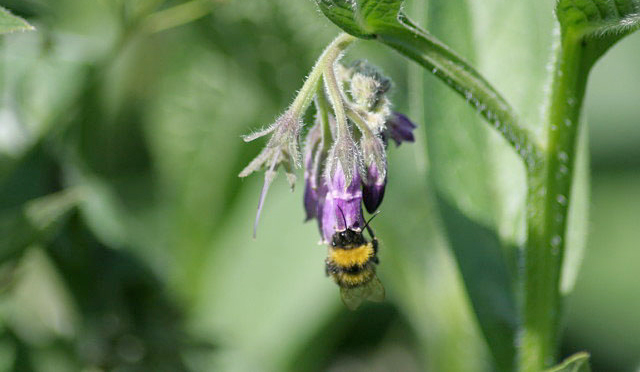
The findings of a study published in Science on Friday show the areas that bumblebees can live and thrive in are shrinking due to climate change, not changes in land use or the use of pesticides like neonicotinoids.
Researchers looked at 423,000 observations in North America and Europe dating back to 1901 and found that climate change is shifting the ranges over which bumblebees can survive faster than the rate at which they are colonizing suitable new habitat.
As a result, the ranges over which bumblebees are surviving are being squeezed, and the study shows this pressure is not due to pesticides or changes in land use. Ecologist and co-author of the study Alana Pindar said bumblebee ranges began shrinking ‘even before the neonicotinoid pesticides came into play in the 1980s.’
However, the study also found that one of Europe’s commonest species, the buff-tailed bumblebee (Bombus terrestris) is bucking the trend.
It’s known for its reproductive success and has managed to keep pace and move north as climate change has pushed its range in this direction.
NFU bee health expert Dr Chris Hartfield said: “This study shows how at a regional or continental scale, it is climate change that is putting bumblebee populations under a pressure they are simply not able to cope with. The data shows this squeeze is a long-term trend and not due to pesticide use or changes in land use. It emphasizes that when looking at the big picture, we need to pay more attention to change drivers that matter, like climate change.
"The study highlights the importance of protecting bumblebees’ existing habitat and easing the pressure on their populations by providing more of the food and habitat they need to thrive. Farmers are doing more than anyone to meet this challenge.
"Through the voluntary Campaign for the Farmed Environment they have already created over 8,500 hectares (or 12,000 football pitches) of flower habitat, and last year our farmers bought seed to grow another 350 hectares of pollinator habitat on their farms – that’s equivalent to every home in London sowing a one metre square block of wildflowers.”
